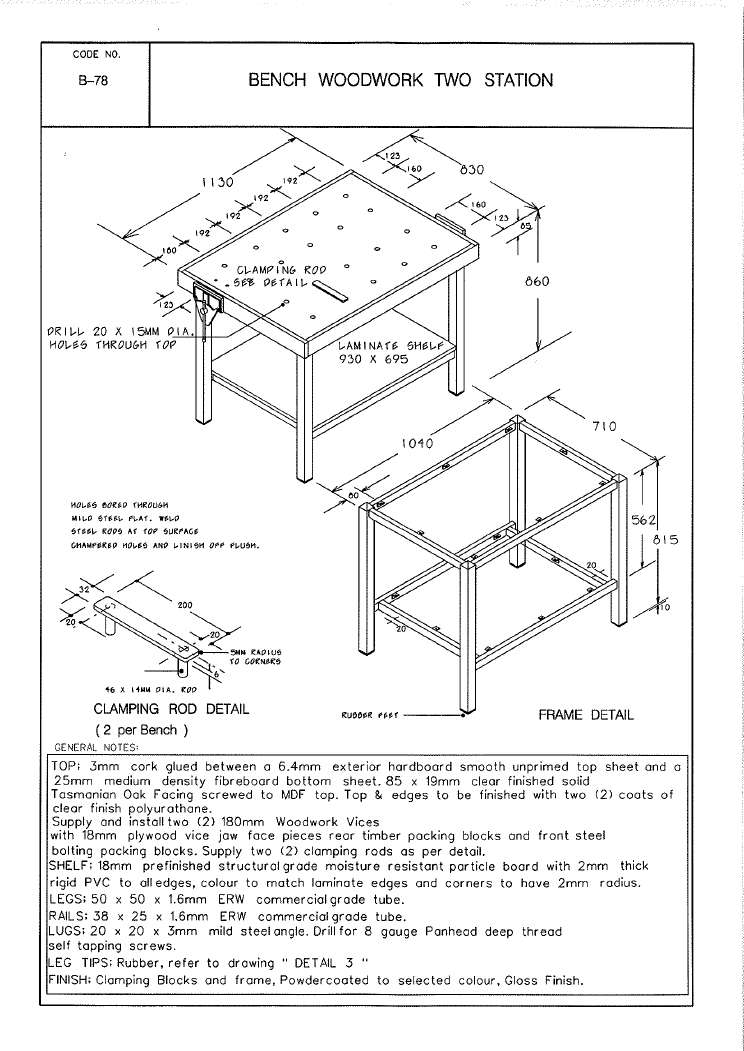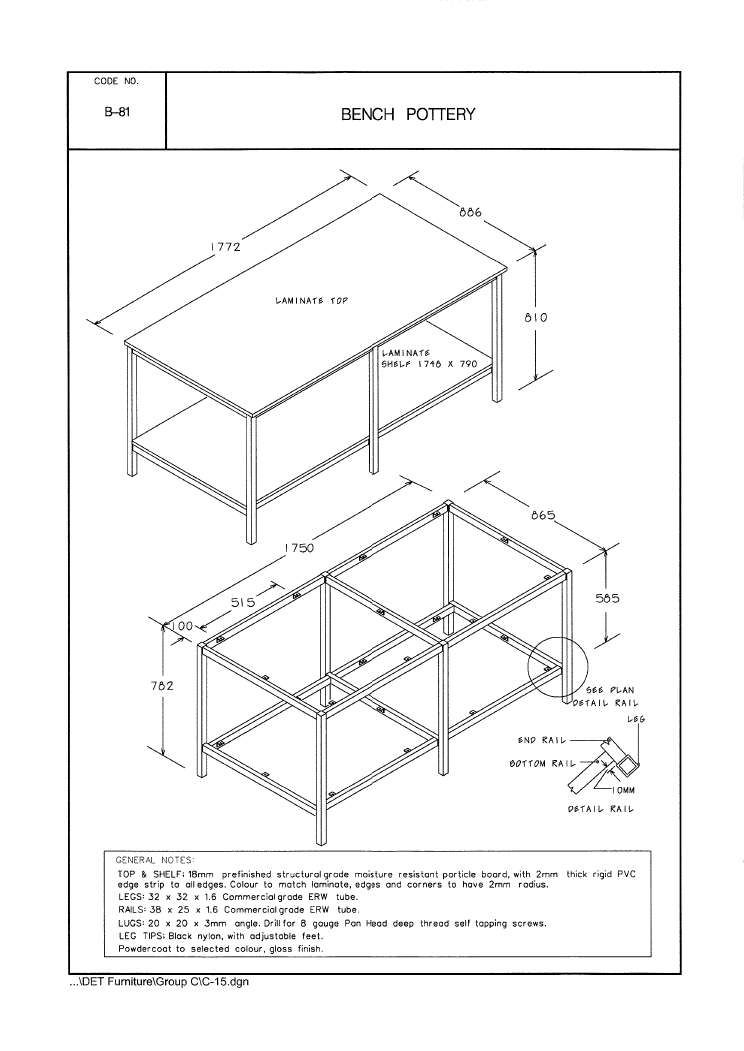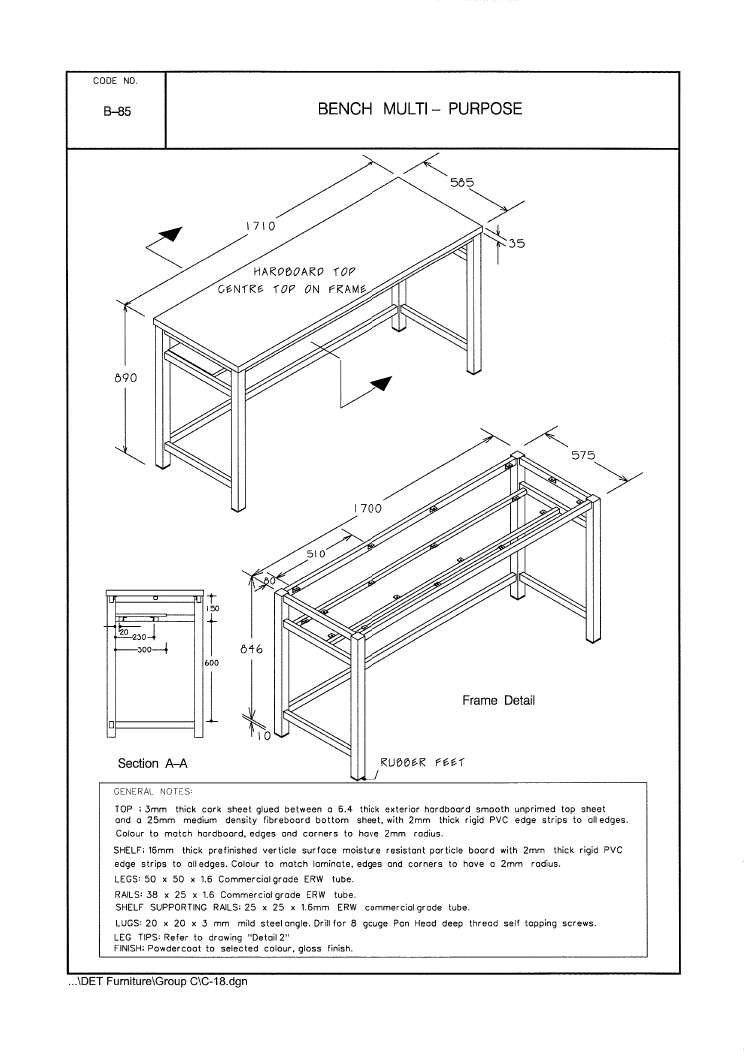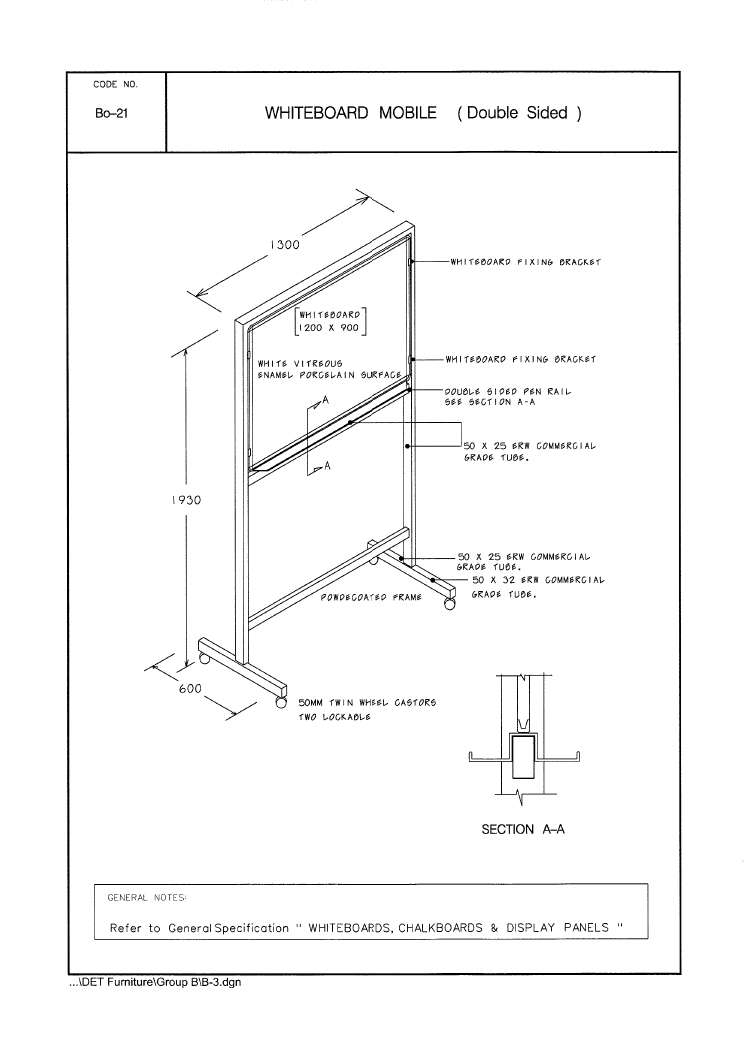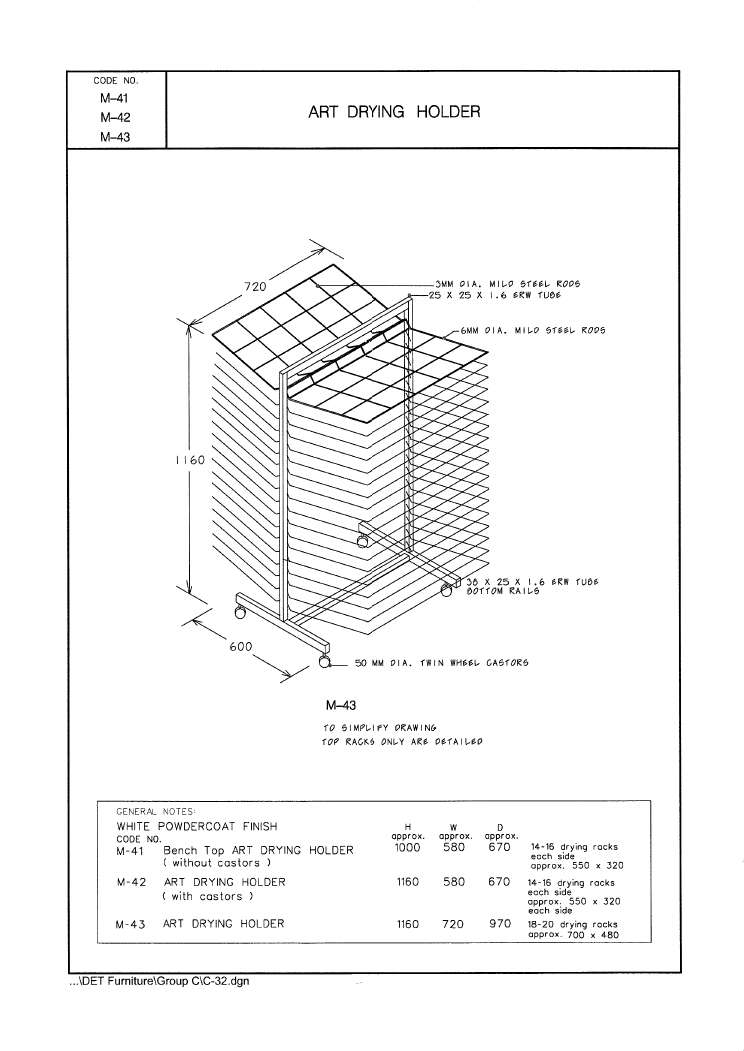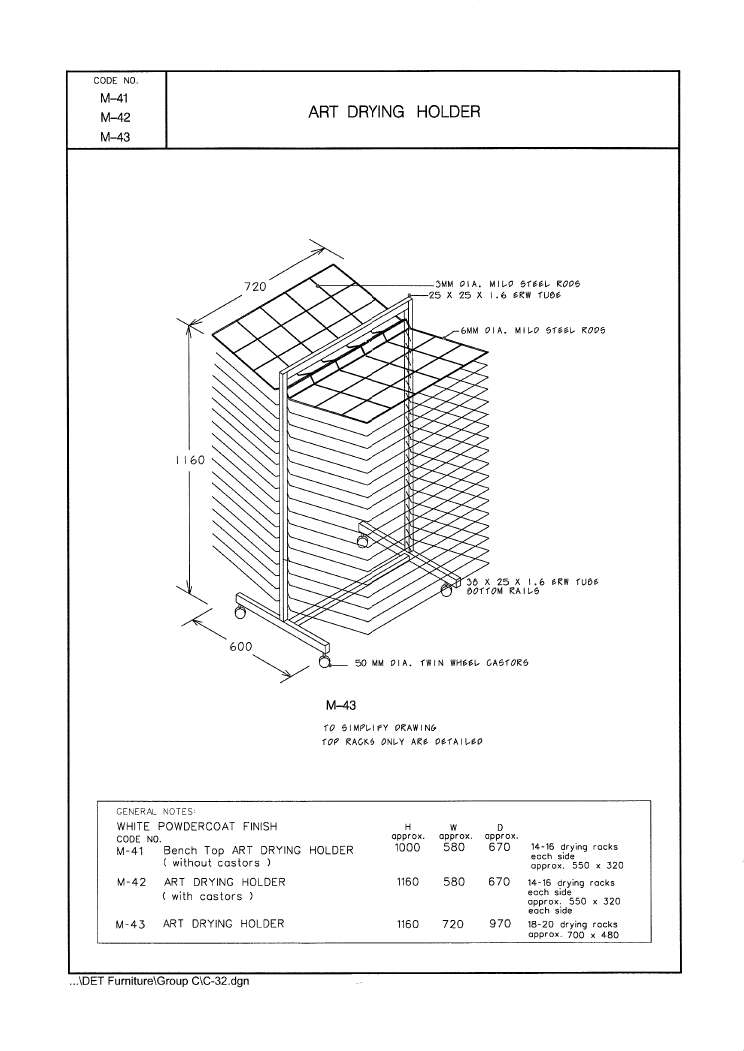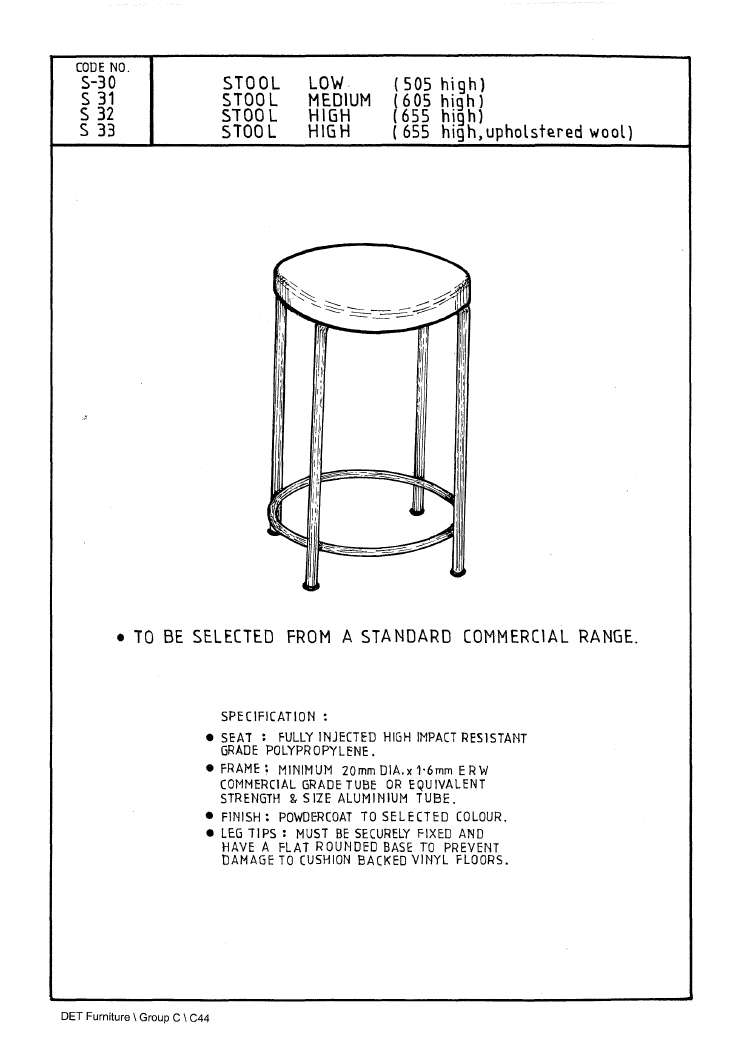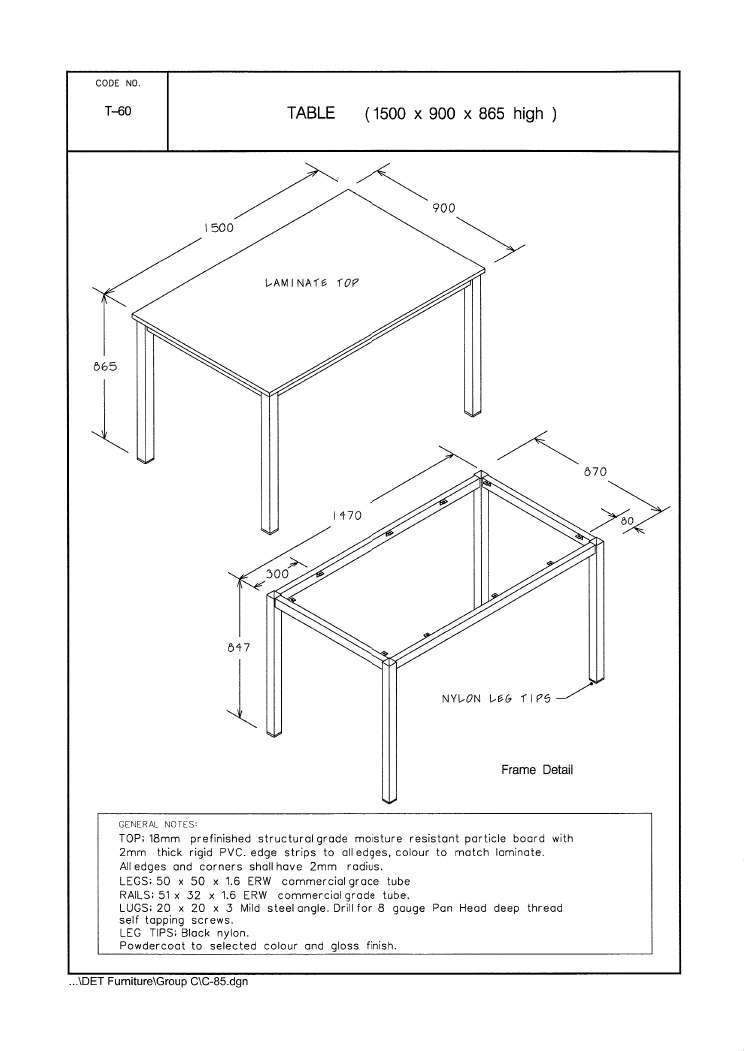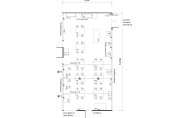This shared space provides a large workshop area that can accommodate up to 40 students with the appropriate number of teachers from Visual Arts General Learning Spaces and the adjacent Technology Unit The space is suitable for small group to whole class Visual Arts activities requiring larger work spaces and materials requiring specialised equipment such as pottery wheels. The mandatory relationship with two Visual Arts General Learning Spaces separates the function of the specialised art facilities from general learning activities thus creating greater availability and more use of the specialist equipment and space. Students can work independently or in small groups. Work samples and learning resources can be displayed.
FURTHER OPPORTUNITIES
Connecting the adjoining General Learning Spaces would enable greater diversity of learning settings and learning activities. Different arrangement of internal glazing could still provide direct line of sight vision between spaces while providing more wall space for display thus preventing the covering of glazing with notices and work samples. The inclusion of a glass sliding door to the adjacent General Learning Spaces would create ease of flow and greater access between learning spaces and the adjacent laboratory.
LEARNING IMPLICATIONS
Given that the space is shared by two Visual Arts General Learning Spaces, as well as the adjacent Technology Unit negotiation of use between teachers and students will be required and consideration will need to be given to the acoustic and spatial layout demands of activities being conducted at the same time. The size of the room will require active supervision.
Explore ideas, share and develop opinions, debate and decide.
This learning process is effective with small to large groups provided specific criteria can be met.
Display, exchange and encounter learning artefacts.
This learning process is effective with small to very large groups provided specific criteria can be met.
Teachers and/or students demonstrate, communicate ideas and/or teach explicitly.
This learning process is effective with small to very large groups provided specific criteria can be met.
Hands on interaction, experimentation and evaluation with materials to discover, design and test.
This learning process is effective with small to very large groups provided specific criteria can be met.
Implement, build or assemble systems and media.
This learning process is effective with small to very large groups provided specific criteria can be met.
Use written, graphical and digital resources to personally reflect, consolidate and/or enquire.
This learning process is for individual or small groups and is effective provided specific criteria can be met.
Practise, refine and execute performance based activity.
This learning process is effective with small to very large groups provided specific criteria can be met.
Ratings against the Design Criteria
All criteria regarding spatial layout, fit-out, visibility and acoustics can be met.
Most criteria regarding spatial layout, fit-out, visibility and acoustics can be met. Some consideration will need to be given to determine whether constraints on ease of use, group size or materials will compromise the learning outcomes.
Few of the criteria regarding spatial layout, fit-out, visibility and acoustics can be met. A lot of consideration will need to be given to determine how the constraints on ease of use, group size or materials can be overcome.
Very few of the criteria regarding spatial layout, fit-out, visibility and acoustics can be met. This space should only be used for this learning mode as a last resort.
This space is incapable of supporting this learning mode.
This learning process is not employed with this size group.



